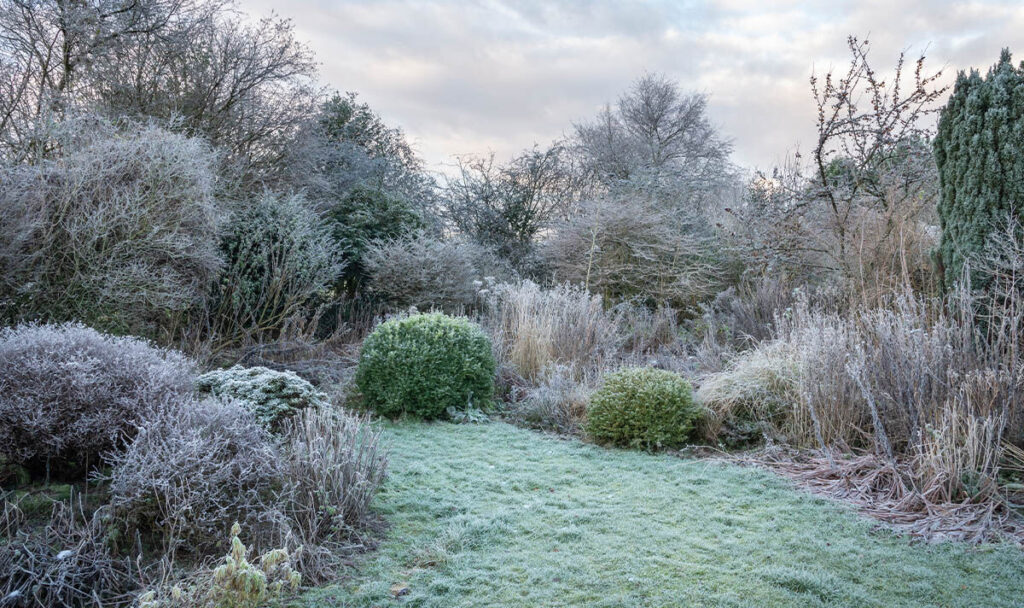Spring may be just around the corner but many of us are still waking up to a blanket of frost on our gardens each morning. In the moment, frost is beautiful, transforming even the most mundane garden into a magical winter wonderland.
However, frost can cause widespread damage to your potted plants, bedded plants and lawns if you don’t take the appropriate steps to protect them.
With this in mind, lawn care experts from Hayter, a British high-end manufacturer and distributor of garden machinery, have shared how to keep our lawns protected against frost and whether we should be mowing our lawns in cold weather.
The experts said lawns are “more vulnerable to frost damage” so it’s important gardeners take precautions during the winter months.
One task gardeners should be avoiding during the winter months, especially when there is frost, is mowing.
READ MORE: ‘Outdated’ kitchen features to ‘avoid’ or risk devaluing your home
The experts added: “It may be worth setting up windbreakers to help protect your lawn against the wintry wind, particularly for narrow stretches of grass that are particularly susceptible to wind patterns.
“Low-level protective barriers may help increase the hardiness of your grass.”
Gardeners should also check for frost heave at the end of winter when we’re approaching spring.
This is when the soil swells due to the ground expanding thanks to the water in the soil freezing.
In some cases, frost heave can cause a major disturbance and can even impact roads and pavements nearby.
In most cases, the garden will settle back naturally during the spring months, however, a light roll may be needed if not.
The final frost can end at any point from March to May but it will depend on where you are based in the UK.
For example, those based in rural areas in the north may experience frost until the beginning of May.
However, those based near London may find their last frost is at the end of March.

